KnowYourself
Source: leipin.com
AT THE BEGINNING OF 2017, therapists across China excitedly welcomed the issuing of a policy directive, ‘Guideline on Improving Psychological Health Services’ 关于加强心理健康服务的指导意见. The number of state council ministries and commissions that co-signed it — twenty-two in total — was encouraging news to members of a young but vibrant profession. Speculation that President Xi Jinping supported the expansion of the practices of psychotherapy and psychology had begun with his 2014 visit to the College of Psychology at Beijing Normal University, where the Criticising Psychology campaign 批判心理学 occurred in 1958. The document attested not only to official support, but also rosy prospects for a once-misunderstood profession. In July 2017, when the Division of Clinical and Counselling Psychology and the Registry System under the Chinese Psychological Society held their annual meeting, they themed it ‘Greeting the Springtime of Psychological Counselling and Psychotherapy’ 迎接心理咨询与治疗的春天.
This was not the first time that the field experienced collective euphoria after a new policy was announced. A similar scenario took place in 2008 — a year informally known as the ‘first year’ 元年 of psychotherapy in China. The Wenchuan earthquake in May prompted the state to launch a series of relief efforts in which mental health received an unprecedented amount of attention. The psychological consequences of the disaster — couched in the language of Post-Traumatic Stress Disorder — were quickly apparent given the scale of the disaster and the number of children killed; ‘talk therapy’ was deemed the most appropriate treatment. The field had already enjoyed modest popularity since the inauguration of the national certification for ‘psychological counsellors’ 心理咨询师 in 2002 — a new system outside the universities and the hospitals, which respectively trained psychologists and psychiatrists. But after 2008, psychotherapy training and practice became increasingly popular, especially, in major cities like Beijing and Shanghai, creating a thriving scene that earned the title of ‘psychoboom’ 心理热.
During the Mao era, the state had attacked psychology as ‘bourgeois pseudo-science,’ eventually abolishing the discipline during the Cultural Revolution; the Soviet model, which emphasised the neurophysiological basis of illness, was the norm in mental healthcare. The practice of psychotherapy only became possible after the launch of economic reforms but remained rare in the 1980s and 1990s. Through to the 2000s, the popular perspective on the growth of psychotherapy was that it reflected economic prosperity. It was widely believed that the proliferation of mental illness and distress was due to the stresses of modern life with its economic pressures and social dislocations, and that after fulfilling basic material needs, people would inevitably pursue psychological wellbeing and happiness. By the early 2000s, leading psychiatrists and psychologists, writing in China Mental Health Journal 中国心理卫生杂志, postulated that China would need as many as one or two million therapists to meet the mental health needs of its population. Many who entered the profession seemed to have pictured therapy as an expensive service targetting the middle class, and as a respectable and financially rewarding occupation for the therapist.
The national mental health legislation, introduced between 2011 and 2013, brought these optimistic notions into question. To the surprise of most therapists, the Mental Health Law defined psychotherapy as a medical treatment to be conducted in a medical institution. This created a panic among the private practitioners who dominated the field, as they were mostly not medically trained (the majority of them were counsellors rather than psychiatrists), and their workplaces were not medical facilities. In any case, especially given that it was such a young profession, most were at an early stage in their careers and few had found it easy to attract enough clients to make a decent living.
Even before the advent of psychotherapy’s ‘springtime’ in 2017, things had improved for the profession. The Mental Health Law on psychotherapy proved limited in its enforcement, and private practice had become less risky and more lucrative; the number of therapists who thrived in their businesses had increased substantially. However, what truly changed things was the rise of digital startups that offered psychotherapy and counselling services. These companies belonged to the new wave of startup entrepreneurship that took encouragement from the state’s Mass Entrepreneurship and Innovation campaign 大众创业万众创新 that commenced in 2015. The most notable examples included MyTherapist 简单心理 — an online platform connecting clients with therapists meeting the company’s own rigorous standards; and KnowYourself 知我探索 (abbreviated as ‘KY’) — a new media channel propagating popular psychology with attitude, focussing on the confusions and aspirations during emerging adulthood. Both of them had raised a lot of venture capital money.
In September 2017, the state unexpectedly announced that the certification for psychological counsellors would be abolished in 2018. This program, with more than one million counsellors certified in the previous fifteen years, had a mixed reception among better qualified psychotherapists, who had graduated from overseas institutions or local programs taught by foreign experts. The certification model — ultra-short training with commercial agencies being the main educational providers — created a convenient route to enter the field, but also brought chaos and confusion, with people seeking help often not able to distinguish between competent and incompetent therapists. The announcement caused some unease, but the psychoboom is far from over — if 2017 was the field’s springtime, then a summery future could still be on its way.


